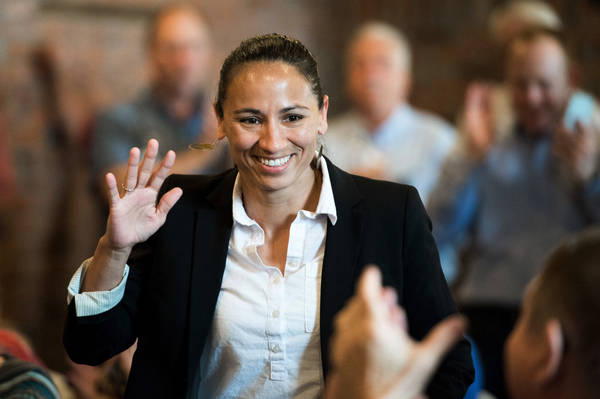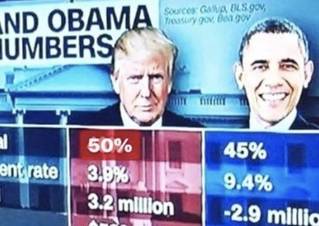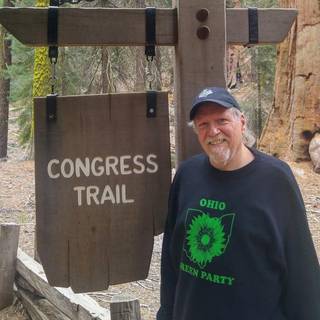Your 5-Minute Fix author is out Friday and will be back Monday. In the meantime, here’s a look at competitive House races that could decide which party controls the House of Representatives next year, written by me.
House Democrats are still incredulous that Tuesday’s congressional special election in a staunch Republican district in Ohio is too close to call.
Even if they don’t win it, Ohio’s 12th District underscores that the election hopes of the most optimistic Democrats are starting to look like reality: If they can come close to winning where they previously haven’t even been competitive, Democrats feel good about their chances of winning in other suburban districts that they have considered more within their reach. It’s exactly those suburban, Republican-leaning districts that will determine which party controls the majority in the House next year.
The Fix touched base with several Democratic campaign operatives to get a better sense of where, after Tuesday, they feel increasingly confident they can win. These Republican-held districts go beyond the top 10 most competitive House races, which we’ve ranked here. |
In Ohio: Ohio’s 12th wasn’t a usual battleground, but Democrats think they see a more traditional pickup opportunity in Ohio’s 1st District, a Cincinnati-area one that went for Trump by seven points. This week, Rep. Steve Chabot (R) told the Cincinnati Enquirer he’s “confident but not overconfident” and that “you’re a fool if you’re not preparing for the worst.”
A really big Democratic wave could crash outside Cleveland in the 14th District, which is more of a stretch for Democrats to pick up. But Rep. David Joyce (R) has notably voted against House Republicans' health-care repeal bill and has criticized Trump.
|
In California: Democrats' path to the House majority goes through California’s Orange County suburbs. There are three competitive, Republican-held seats that encompass exactly the kind of voters Democrats hope to keep in their column: well-educated, wealthier, diverse voters who chose Hillary Clinton in 2016.
Two of these seats are open, the 49th District being vacated by Rep. Darrell Issa, and the 39th District being vacated by Rep. Edward R. Royce. Democrats are also trying to unseat Rep. Dana Rohrabacher, a Trump ally on Russia, in the 48th District.
|
Protesters target Rep. Dana Rohrabacher (R) in Huntington Beach, Calif., in July. (Eugene Garcia/EPA-EFE/REX/Shutterstock)
In Texas: You might be surprised to see such a red state on this list, but one Democratic operative said they need to win one or both of competitive suburban districts here to have a real wave election.
The districts they’re talking about include Rep. John Abney Culberson’s (R) in the northwest Houston suburbs. He’s held it since 2000, but as the nonpartisan analysts at Cook Political Report wrote when they ranked it a toss-up, its voters are similar to those in recent special congressional elections where Democrats have done well: “wealthy, well-educated, and deeply skeptical of Trump.”
North of Dallas, one of the most powerful members of Congress, Rep. Pete Sessions (R), could be at risk of losing the 32nd District to a well-funded Democratic challenger who has never held office before.
|
House Rules Committee Chairman Pete Sessions (R-Texas) (AP Photo/J. Scott Applewhite)
In Washington: It got lost in the news about Ohio, but on the other side of the country Tuesday, Democrats had a great primary night in three Republican-held districts. There’s an open seat in the Seattle suburbs, Washington’s 8th District, where Republicans really like their candidate, state Sen. Dino Rossi. But Democrats did a double take at how many people on their side voted in the race’s top-two primary system, where all candidates regardless of party are on one ballot. “The turnout numbers were incredible,” said one operative. Washington’s mail-only ballot system means results are still being counted.
|
|










No comments:
Post a Comment